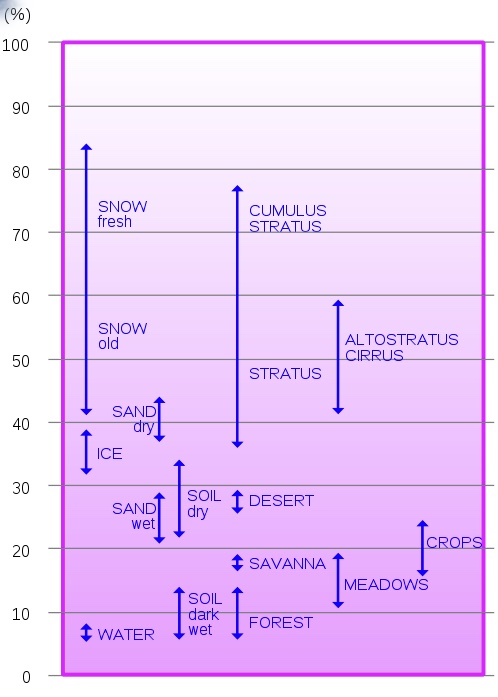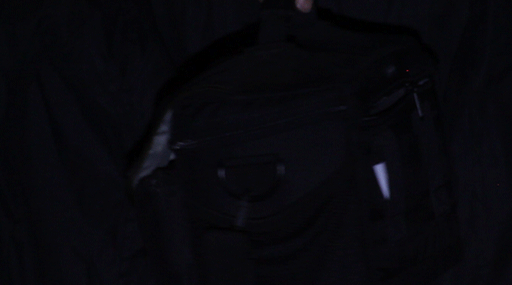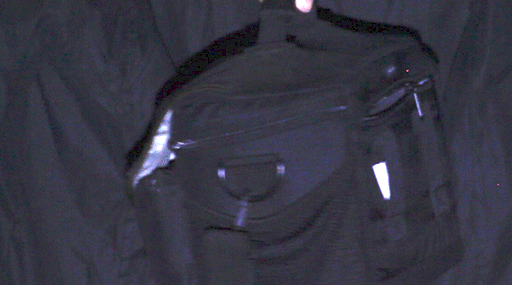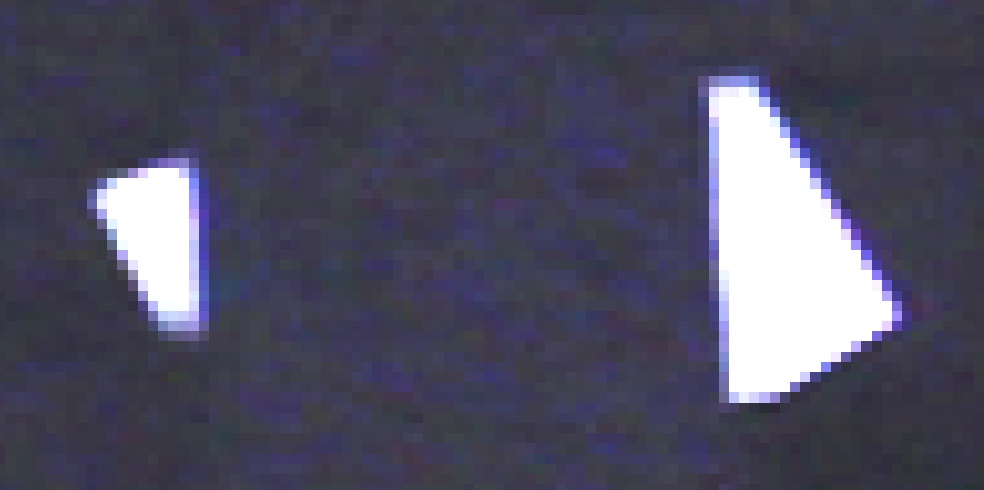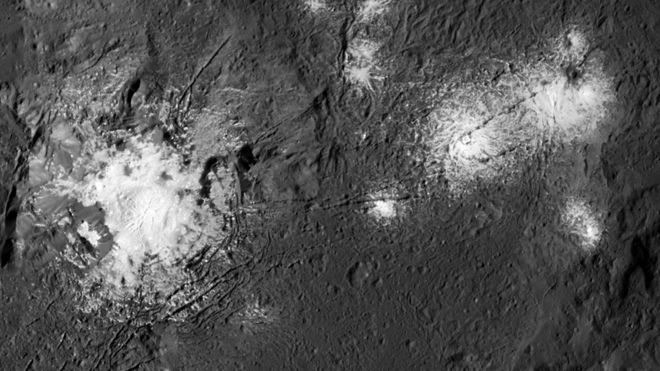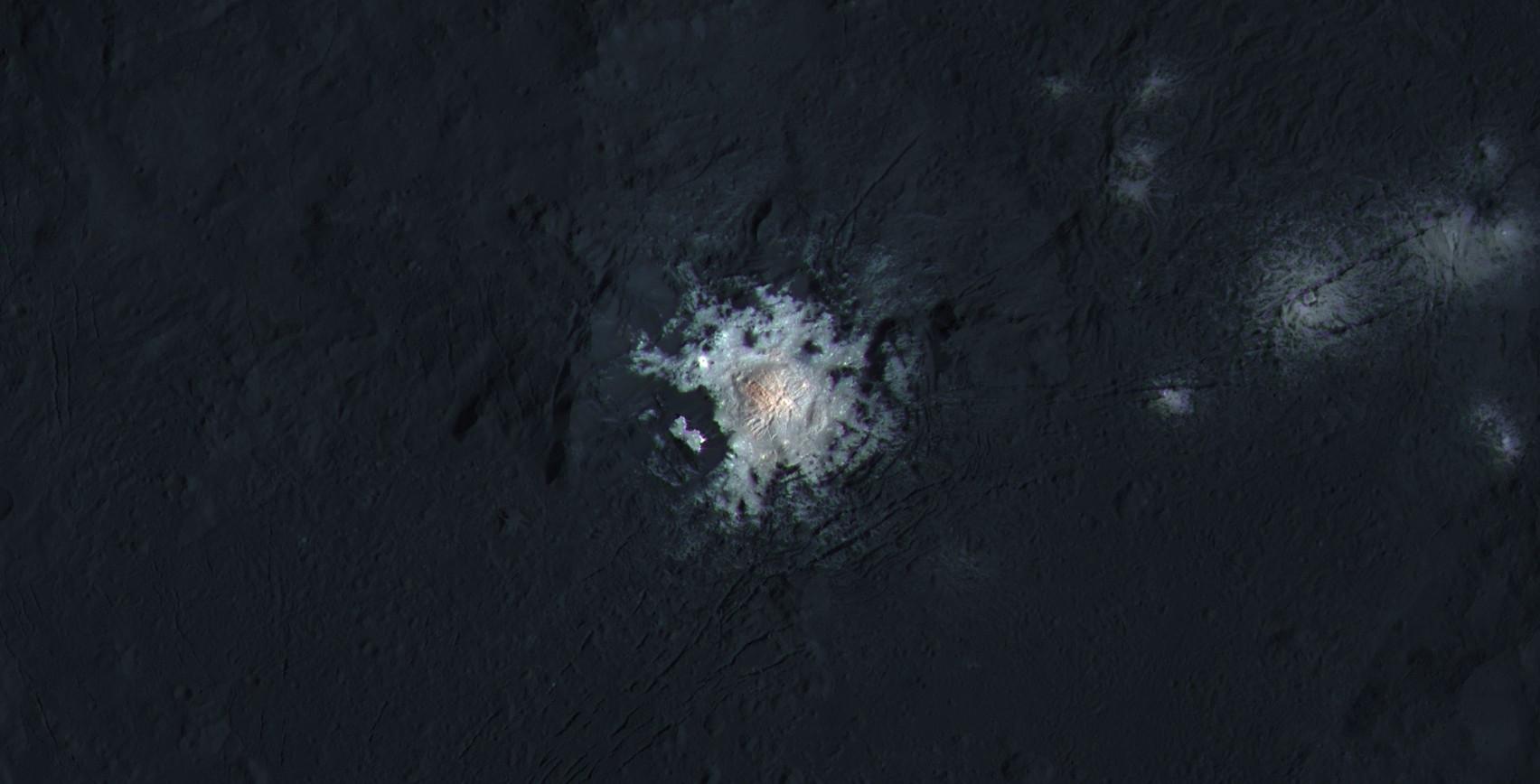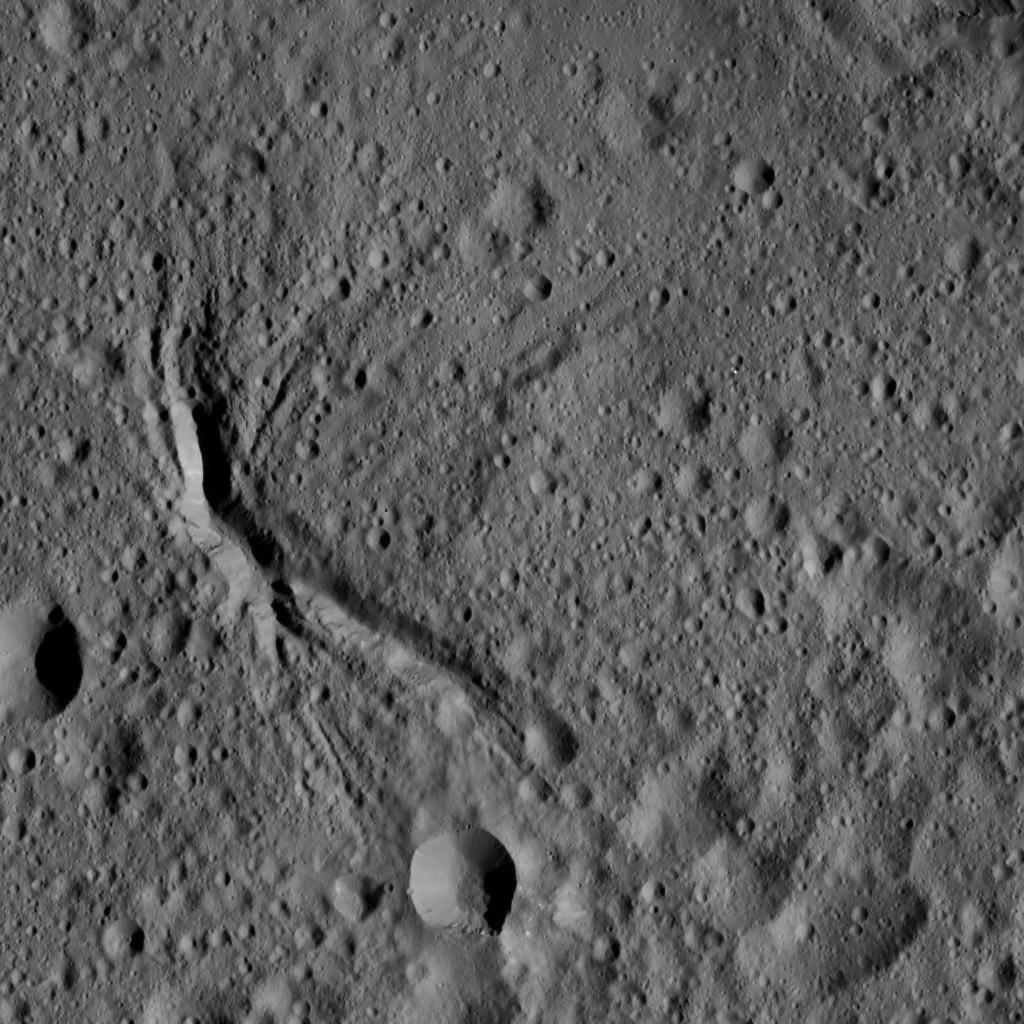Bill McDonald
New Member
The bright spots on Ceres seem to be windows into the minds of Conspiracy Theorists, but I don't think we will find any intelligence there. Can anyone help debunk this?
Facts according to one CT I know:
1. The spots are bright, regardles of the orentation of the planitoid, or the camera relative to it.
2. They are too bright to be reflected light.
Facts according to one CT I know:
1. The spots are bright, regardles of the orentation of the planitoid, or the camera relative to it.
2. They are too bright to be reflected light.

